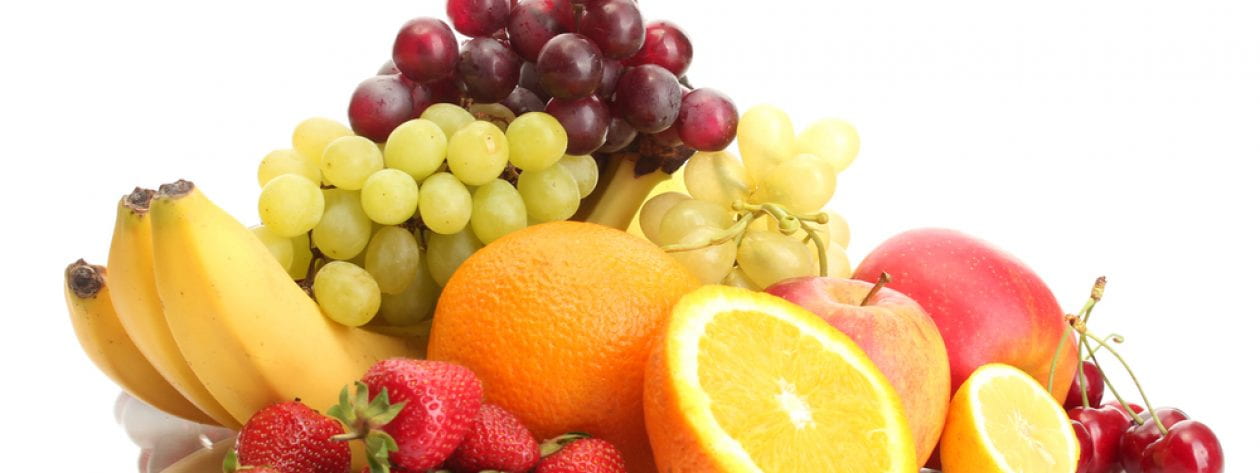“Peter Piper picked a peck of pickled peppers. A peck of pickled peppers Peter Piper picked. If Peter Piper picked a peck of pickled peppers, Where’s the peck of pickled peppers that Peter Piper picked?”
Peppers have become more than just the star of this tongue-twisting nursery rhyme. They are often incorporated into many dishes ranging from stir-frys to rice to even soups and salads. Peppers are also relatively inexpensive, making them a convenient ingredient to add into any meal.
Bell peppers are often referred to as “sweet peppers” and do not have any heat or spiciness to them, like other types of peppers. Also, the color depends on how long the peppers are left to ripen. Green bell peppers are picked when they aren’t fully ripe, but will turn yellow/orange and then red if left on the vine to mature. Taste-wise, green peppers tend to be a little bitter, whereas red are typically sweeter.
Bell peppers provide a wide variety of nutrients that benefit the body, including at least a days’ worth of Vitamin C and high levels of potassium. These are very important nutrients for normal growth and repair, as well as proper muscle functioning. Red, orange, and yellow varieties also contain beta carotene, an antioxidant that can help boost immunity and protect against certain diseases. Bell peppers are also very low in calories. In fact, 1 cup of sliced peppers generally contains less than 40 calories and is a also great source of fiber, making it a fantastic choice for a midday snack!
As previously stated, peppers can be easily incorporated into your meals. Try a salad for instance; simply cut up one of the many varieties of bell peppers and add it to your greens. Peppers can also be added into sandwiches or omelets for an extra-satisfying crunch. You can also use the whole pepper as a base for creating your own delicious meal! Simply slice off the top of the pepper including the stem, remove the ribs and seeds, stuff with a mixture of meat, or beans and rice and bake in the oven. Brush up on those knife skills and check out this tutorial on how to cut a pepper with ease:
For those of you who dine on campus, sliced pepper strips can often be found at the salad bar or deli station for you to readily add to your meals. Another great tip is to pair sliced bell peppers strips with different kinds of dips, in place of chips or crackers. Ranch dressing is often a go-to choice for dipping, but there are plenty of other options for you to choose from. Try hummus, guacamole, salsa or even plain Greek yogurt.
Regardless of how you enjoy them, bell peppers can be an effortless addition to meals and snacks and a great way to increase your daily servings of vegetables. Remember, the Dietary Guidelines recommend consuming 5 servings of fruits and vegetables per day. Varying your vegetable intake by color will also help to provide many different types of essential vitamins and minerals.
Consider these tips and try adding bell peppers into your next meal on campus!
Resources:
Video: Adapted from Yummy Youtube Channel
“Peppers: Sweet Green, Yellow or Red.” Nutrition Links. Penn State Extension. http://extension.psu.edu/health/nutrition-links/pennsylvania-produce/produce-buying-guide/peppers-sweet-green-yellow-or-red 2016. Web. 18 February 2015
“Bell Peppers.” SNAP-Ed Connection. USDA. Web. 18 Feb. 2016. https://snaped.fns.usda.gov/nutrition-through-seasons/seasonal-produce/bell-peppers.
“What Are Health Benefits of Bell Peppers?” LIVESTRONG.COM, 18 Dec. 2013. Web. 28 May 2015.
Photo Adapted from: https://www.flickr.com/photos/fdecomite/
https://www.flickr.com/photos/oakleyoriginals/

